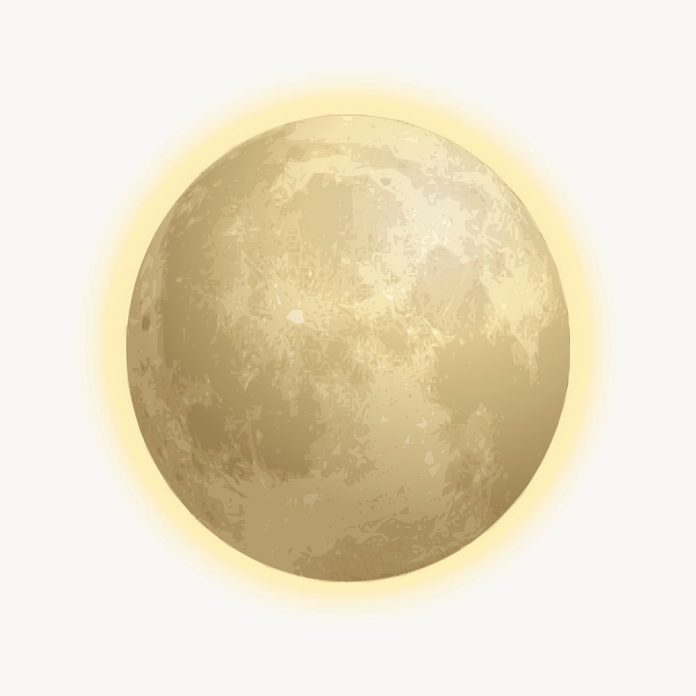Checking out different events hosted on Sunken Garden is typically a great place to start for students looking to get involved with new communities at the College of William and Mary. One such event, the Mid-Autumn Festival, was hosted on Sunken Garden Friday, Sept. 21 and provided a great place to meet new people, learn about different cultures and participate in fun activities.
The event was hosted as a collaboration between the Chinese Student Organization, Vietnamese Student Association and Taiwanese American Student Association. The festival is traditional to all three cultures, so the different groups came together to host a celebration.
“The main point of the Mid-Autumn festival is the opportunity for people to come together with their families,” VSA Internal Vice President Liz Pham ’26 said. “We just wanted to host an event where people could come together, learn more about the culture and celebrate with friends.”
The Mid-Autumn festival is also popularly known as the Moon Festival or Mooncake Festival. It is a harvest festival that is typically held on the day of a full moon, either in mid-September or early October. On this day, it is believed that the moon is the brightest and fullest it will be. While it is true all three represented countries celebrate this festival, each one has its own legend and traditions surrounding it.
“I really enjoyed learning more about the culture and folklore,” attendee Irene Strong ’28 said. “I didn’t know any of the history surrounding this event before I came here, so I’m really happy I came here today.”
While this event did involve several opportunities to learn about the traditional festival, it also had several activities and games. It began with a team rap-making competition, where teams had to make a rap song including the words sun, moon and legend.
The main event of the day was a huge game of tug-of-war, where girls faced off against boys. Tug-of-war is a very common game of the Mid-Autumn festival, and it is usually played either by children or families as a way to promote teamwork and togetherness. The girls won the first round, and while the boys claimed they would have their redemption in round two, the rope snapping ended the game before they had their chance.
According to several students, the best part of the event was the traditional foods. Each of the student organizations brought a different food item that is customary to their countries’ celebrations. VSA provided shrimp and vegetarian gỏi cuốn, or spring rolls. TASA brought several barbecued meats, including pork, chicken, bacon wrapped chicken, beef and bacon wrapped beef. Finally, CSO brought moon cakes, a filled pastry which is one of the most popular dishes in all three of the celebrating countries.
Students who attended the festival agreed that, while events like the Mid-Autumn Festival are a fun atmosphere and a great place to spend time with friends, they also play an incredibly important role within the College community.
“We go to a primarily white institution, so it’s really nice to share other cultures, especially because there’s so many things that people don’t know about or haven’t experienced,” Kristina Savage ’28 said. “I feel like this sharing of cultures really helps us as a society and as a college to grow and understand worldwide perspectives.”
Pham echoed these sentiments of the importance of the event. She also shed some light on the work that goes into planning such events.
“We had a meeting with all three orgs where we sat down and planned out the event, from what we were going to say about the history to the activities we were going to run,” Pham said.
This was the first event all three organizations have collaborated on, and the ultimate goal of the event was to create a space where people could come together and celebrate, no matter their prior knowledge of the history and culture of the festival.
“I think a really important part of planning events like this is making it open to people of all cultures and backgrounds who are interested in learning about different perspectives and traditions,” CSO president Justine Chu ‘26 said.
In Vietnamese culture, the festival is called Tết Trung Thu. According to popular legend, there was once a wood cutter named Cuội, who found a magical Banyan tree. One day, Cuội’s wife harmed the tree, and as a result the tree began to float away. Cuội tried to pull the tree back, but instead was carried away and left on the moon. On the day of the festival, children light lanterns in order to show Cuội the way back to Earth.
The legend of the festival in Chinese culture centers around Chang’e, a beautiful goddess. In the story, Chang’e takes her husband’s immortality pill, then flees by floating up to the moon. Her husband, heartbroken over her being gone, makes offerings to his wife every year on the day of the festival. It is customary for people in China to give gifts during the festival, as well as light lanterns and spend time with family and friends.
In Taiwanese culture, the folklore is also around Chang’e. In this story, when trying to float up to the heavens, she was accidentally taken to the moon instead. On the day of the festival, people would come outside to keep Chang’e company, and children would wear hats made of pomelo rinds in order to receive blessings from the goddess. It is common for people in Taiwan to gather together with family and friends for large outdoor barbecues to celebrate.
Many attendees said they would enjoy future such events, and the three organizations expressed hope to sponsor further collaborations, including a Lunar New Year celebration. Attendees praised the importance of these cultural gatherings for finding community.
“The school is so big, it’s nice to find a group you can identify with and make new connections,” said attendee Hien Dang ’28.

